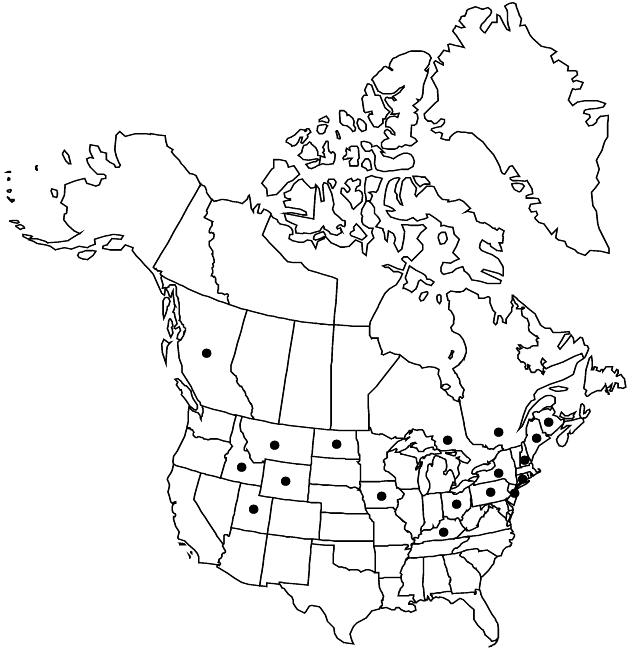Difference between revisions of "Centaurea scabiosa"
Sp. Pl. 2: 913. 1753.
FNA>Volume Importer |
imported>Volume Importer |
||
| (5 intermediate revisions by 2 users not shown) | |||
| Line 8: | Line 8: | ||
}} | }} | ||
|common_names=Greater knapweed;hardheads;centaurée scabieuse | |common_names=Greater knapweed;hardheads;centaurée scabieuse | ||
| + | |special_status={{Treatment/ID/Special_status | ||
| + | |code=I | ||
| + | |label=Introduced | ||
| + | }} | ||
|basionyms= | |basionyms= | ||
|synonyms= | |synonyms= | ||
| Line 24: | Line 28: | ||
|elevation=50–1800 m | |elevation=50–1800 m | ||
|distribution=B.C.;N.B.;Ont.;Que.;Conn.;Idaho;Iowa;Ky.;Maine;Mont.;N.H.;N.J.;N.Y.;N.Dak.;Ohio;Pa.;Utah;Wyo.;Europe. | |distribution=B.C.;N.B.;Ont.;Que.;Conn.;Idaho;Iowa;Ky.;Maine;Mont.;N.H.;N.J.;N.Y.;N.Dak.;Ohio;Pa.;Utah;Wyo.;Europe. | ||
| + | |introduced=true | ||
|tables= | |tables= | ||
|references= | |references= | ||
| Line 32: | Line 37: | ||
-->{{#Taxon: | -->{{#Taxon: | ||
name=Centaurea scabiosa | name=Centaurea scabiosa | ||
| − | |||
|authority=Linnaeus | |authority=Linnaeus | ||
|rank=species | |rank=species | ||
| Line 47: | Line 51: | ||
|publication title=Sp. Pl. | |publication title=Sp. Pl. | ||
|publication year=1753 | |publication year=1753 | ||
| − | |special status= | + | |special status=Introduced |
| − | |source xml=https:// | + | |source xml=https://bitbucket.org/aafc-mbb/fna-data-curation/src/2e0870ddd59836b60bcf96646a41e87ea5a5943a/coarse_grained_fna_xml/V19-20-21/V19_210.xml |
|tribe=Asteraceae tribe Cardueae | |tribe=Asteraceae tribe Cardueae | ||
|genus=Centaurea | |genus=Centaurea | ||
Latest revision as of 19:50, 5 November 2020
Perennials, 30–150 cm. Stems 1–several, branches ascending, glabrous to ± hirsute. Leaves minutely hispid, resin-gland-dotted; basal and proximal cauline petiolate, blades 10–25 cm, margins usually 1–2-pinnately divided into linear or oblong segments; mid and distal cauline smaller, entire or once dissected. Heads borne singly or few in open cymiform arrays, pedunculate. Involucres ovoid to hemispheric, becoming campanulate, 15–25 mm. Phyllaries: bodies dark green, ovate (outer) to oblong-lanceolate (inner), glabrous or finely arachnoid, margins and erect appendages black, ± fringed distally with slender teeth, inner phyllaries with brownish scarious, expanded, erose dissected appendages. Florets many; corollas reddish purple (white), those of sterile florets 35–40 mm, often conspicuously enlarged, those of fertile florets 20–25 mm. Cypselae brown, 4.5–5 mm, puberulent; pappi of many unequal stiff bristles, white, 4–5 mm. 2n = 20 (Russia), 40.
Phenology: Flowering summer (Jun–Sep).
Habitat: Disturbed sites, pastures, sparingly escaped from cultivation, probably not persisting in all areas where reported
Elevation: 50–1800 m
Distribution

Introduced; B.C., N.B., Ont., Que., Conn., Idaho, Iowa, Ky., Maine, Mont., N.H., N.J., N.Y., N.Dak., Ohio, Pa., Utah, Wyo., Europe.
Discussion
Selected References
None.